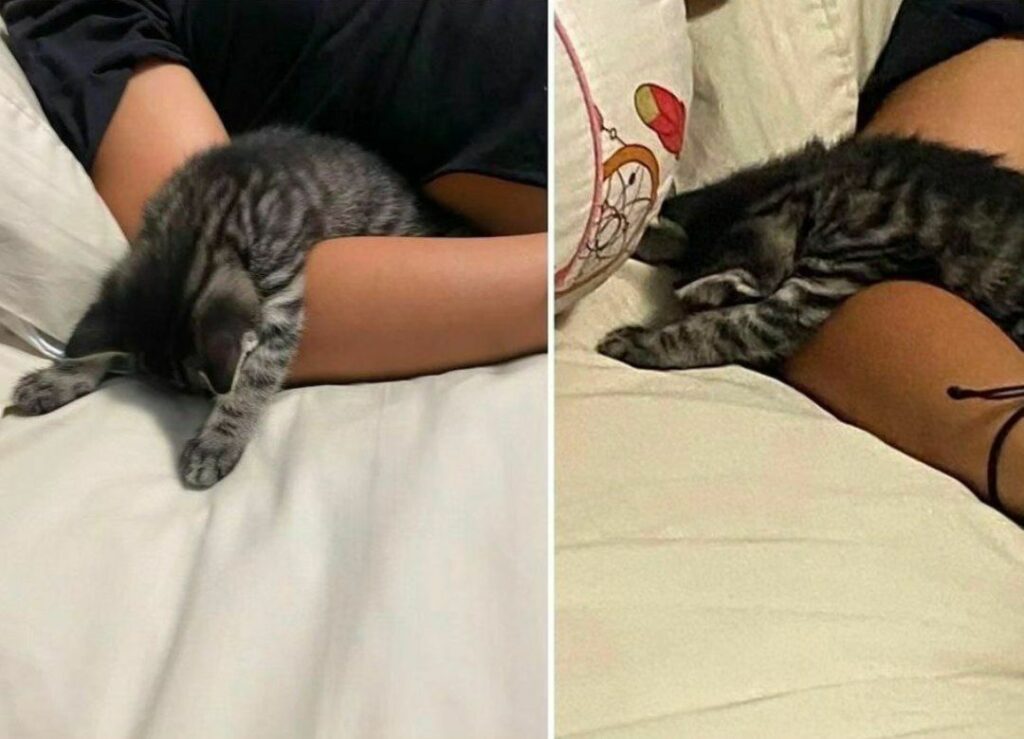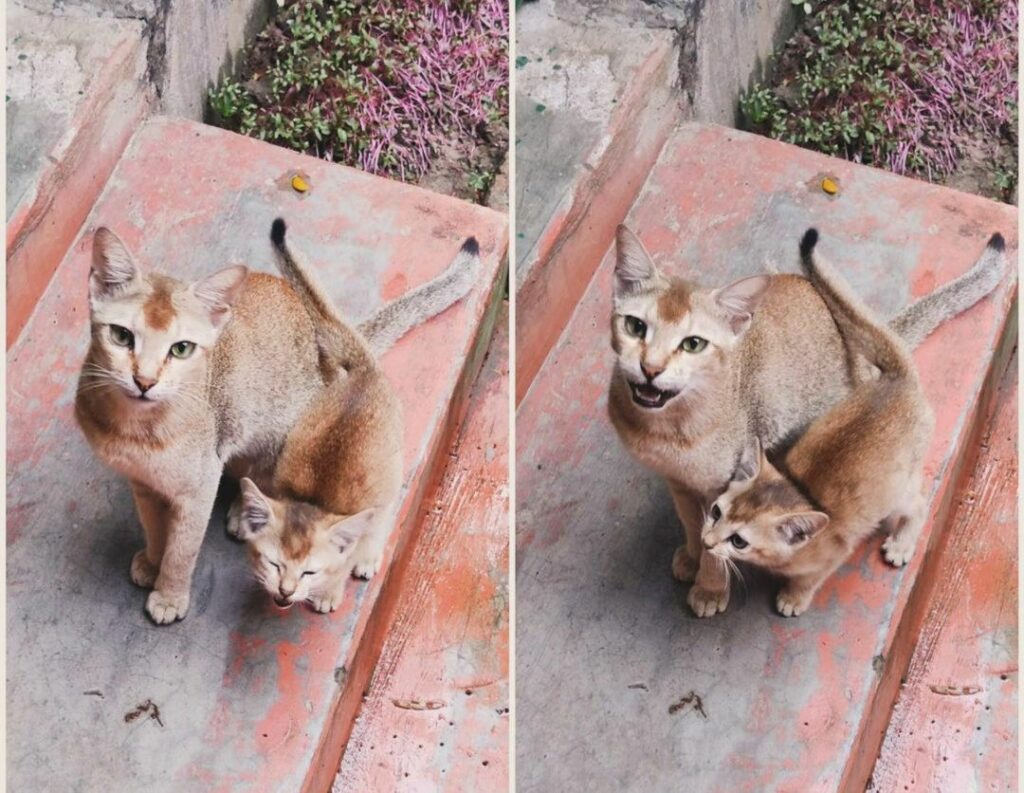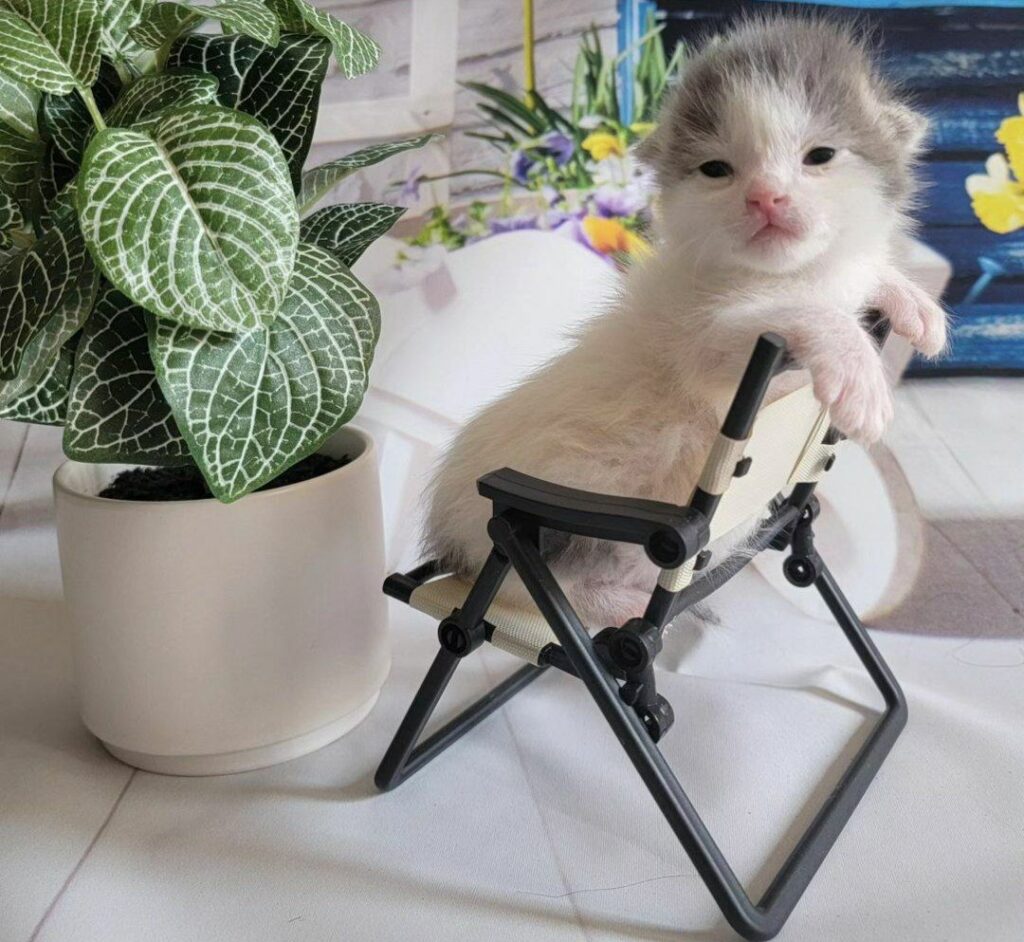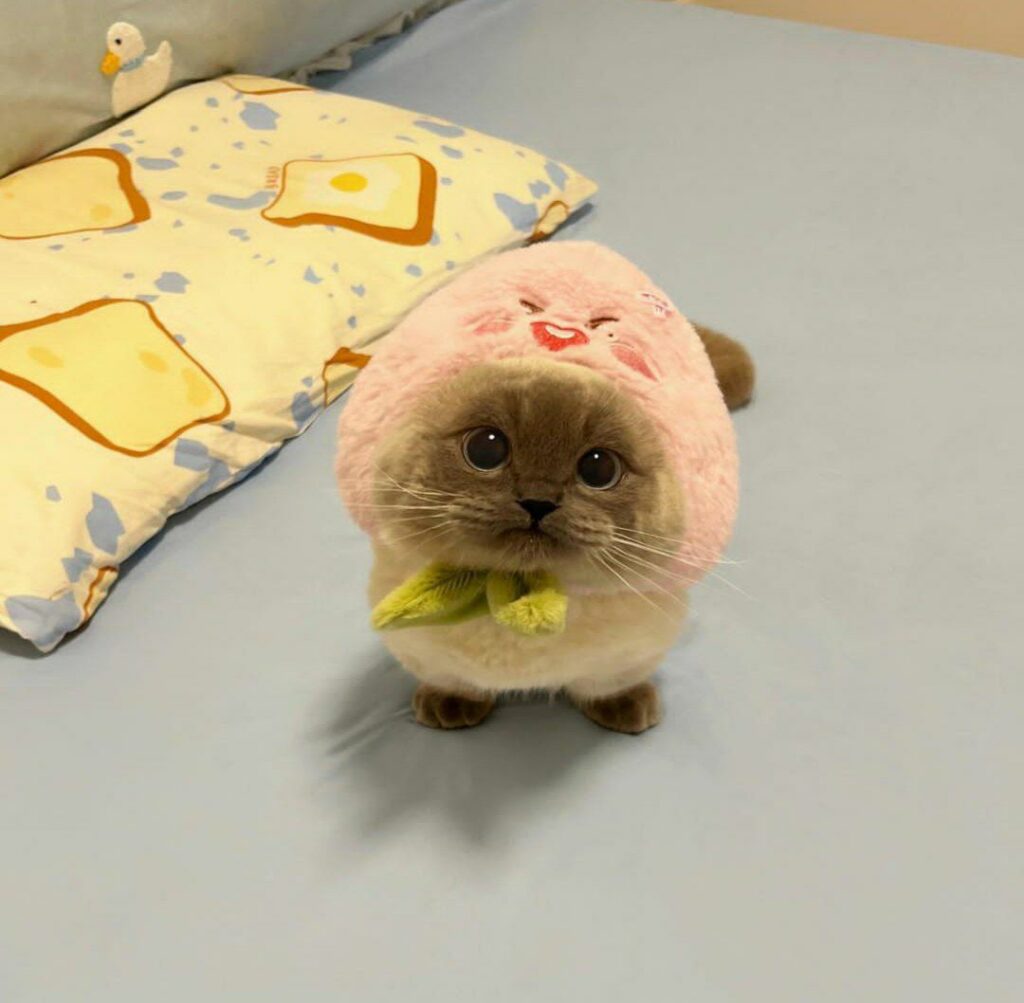First Steps Of Taking Care Of our furry Kitten After Coming Home
Keeping things calm for your kitten
Bringing home a new kitten is an exciting time, but it can also be overwhelming for your little furball. Here are some tips to create a calm and welcoming environment to help them adjust to their new home:
Create a kitten haven: Dedicate a quiet room in your house where your kitten can feel safe and secure. This room should have all their essentials, including a comfy bed, a litter box, food and water bowls, scratching posts, and a few toys.
Minimize loud noises: Kittens have sensitive ears, and loud noises can be scary. Try to keep your home calm and quiet, especially during the first few days. Avoid using vacuums, power tools, or playing loud music around your kitten.

Gradually introduce them to the house: Don’t overwhelm your kitten by letting them explore the entire house right away. Allow them to get comfortable in their designated room for a few days before gradually introducing them to the rest of the house.
Provide hiding spots: Kittens feel safe and secure in small, enclosed spaces. Provide them with a cozy cat bed or hideaway where they can retreat if they feel overwhelmed. Cardboard boxes turned on their sides make great temporary hiding spots.
By following these tips, you can create a calm and welcoming environment that will help your kitten adjust to their new home and feel loved.
Helping Your Kitten Conquer Their First Night
The first night in a new home can be a whirlwind for a tiny kitten. Unfamiliar sounds, smells, and the absence of their littermates can lead to some nighttime anxieties. Here’s how to ensure a smooth and comfortable transition:
- Prepare a Cozy Den: Create a safe haven for your kitten in a quiet room with their bed, litter box, food and water bowls, and a few toys. This familiar space will become their comfort zone.
- The Power of Scent: If possible, bring a blanket or towel from their previous home that carries familiar scents. This can be a huge comfort source during the first night.
- Weather the Nighttime Cries: It’s normal for kittens to meow during the first few nights, especially when they’re feeling lonely or scared. Resist the urge to pick them up every time – sometimes, simply talking softly or gently stroking them through the carrier can be reassuring.
- Let There Be Light (A Little): Leaving a nightlight on in their room can provide a sense of security without being too bright.
By creating a calming environment and offering gentle reassurance, you can help your little furball conquer their first night and settle into their new home with confidence.

Sleepyheads by Nature: Creating a Restful Oasis for Your Kitten
Kittens are champions of napping! They can sleep for a whopping 20 hours out of a day, and even as adults, they’ll still need a good 18 hours of shut-eye. Here’s why sleep is so important for your furry friend:
- Growth and Development: Just like human babies, kittens need plenty of sleep to fuel their rapid growth and development. Sleep allows their bodies to repair tissues, strengthen bones, and boost their immune system.
- Energy for Play! All those cat naps aren’t for nothing! Sleep recharges your kitten’s batteries, ensuring they have bursts of energy for playful pouncing and adventurous exploration throughout the day.

Creating a Sleep Sanctuary:
Since sleep is so crucial for your kitten’s well-being, here are some tips to create a restful haven for them:
- A Quiet Corner: Designate a quiet area in your home where your kitten can nap undisturbed. This could be a cozy bed in a spare room or a designated cat tree cubby.
- Minimize Disruptions: Avoid placing their bed in high-traffic areas or near noisy appliances. Respect their nap time and keep loud noises to a minimum.
- Let Them Snooze: Resist the urge to wake your kitten up from their naps. They’ll naturally wake up feeling refreshed and ready for playtime.
By providing a quiet and comfortable sleeping environment, you’ll be helping your little furball get the rest they need to thrive!

Fueling Your Feline Friend’s Adventures: The Best Kitten Food and Feeding Habits
The first time you feed your adorable kitten is the beginning of a beautiful partnership. Just like tiny superheroes, kittens have big energy needs to fuel their playful antics and incredible growth. Understanding the best food and feeding habits for your little furball will ensure they have the purrfect foundation for a healthy and happy life!
Tummy Trouble Tamers: Keeping Your Kitten’s Diet Consistent
The first few days with your kitten are all about creating a sense of security. This includes maintaining their current diet and feeding routine, as suggested by their previous caretaker. Sudden changes can cause digestive upset and stress for your little furball.


Introducing New Flavors:
If you plan to switch your kitten’s food in the future, here’s how to do it gradually:
- Start Slow: Over a period of 7-10 days, slowly mix a small amount of the new food with their current food, gradually increasing the new food and decreasing the old food each day.
- Monitor Closely: Keep an eye on your kitten’s digestion during the transition. Any signs of upset, like vomiting or diarrhea, indicate the switch needs to be slowed down or stopped altogether.
By maintaining consistency initially and introducing new foods slowly, you can ensure a smooth transition and a happy tummy for your kitten!
Small Meals, Big Appetites: Understanding Your Kitten’s Eating Habits
Moving to a new home can be a whirlwind for a kitten, and it’s normal for their appetite to be a bit reduced during the first few days. Don’t worry, this is temporary! Once they feel settled and secure, their natural love of food will return.
Kitten Chow Down:
Here’s a fun fact – unlike humans, cats are natural grazers. This means they prefer to eat small meals throughout the day rather than one or two large meals. To keep your kitten happy and healthy, provide them with fresh food and water several times a day.
Always Consult Your Vet:
If you ever have any concerns about your kitten’s eating habits, appetite loss, or any other health issues, don’t hesitate to consult your veterinarian. They are your trusted partner in ensuring your kitten’s well-being.
Fueling Growth and Fun: A Guide to Kitten Nutrition
Just like little superheroes, kittens have big needs! Their growing bodies require a specific blend of nutrients to support their rapid development, boundless energy, and playful antics. Here’s what you need to know about kitten nutrition:
- The Purrfect Food: Kittens need a specially formulated kitten food that’s packed with essential vitamins, minerals, and protein to support their growth and development. These specially formulated foods are designed to be nutritionally complete, meaning they contain everything your kitten needs to thrive.
- Growing Needs: As your kitten grows, their dietary needs will change. Kitten food is formulated for their specific developmental stage, so it’s important to adjust their food as they mature. Consult your veterinarian or a pet nutritionist for guidance on when to transition your kitten to adult cat food.

Feeding Frequency:
Kittens also have different feeding habits than adult cats. Here’s a quick tip:
- Frequent Feeders: Kittens have small stomachs and need to eat more frequently than adult cats. Provide them with fresh food and water several times a day to keep their energy levels up and support healthy growth.
By understanding your kitten’s nutritional needs and adjusting their food accordingly, you’ll be ensuring they have the fuel they need to live a happy and healthy life!
Switching Up Supper: A Gentle Guide for Your Kitten’s Tummy
Your tiny furball might become quite the foodie as they grow, and you may want to switch their food at some point. But remember, kittens have delicate digestive systems, and sudden changes can lead to tummy troubles. Here’s how to ensure a smooth and stress-free transition:
The Slow and Steady Approach:
- Spread the love: Think of it like a week-long taste test! Over a period of 7-10 days, slowly mix a small amount of the new food with their current food.
- Gradually increase the new food: Start with just a spoonful or two mixed in, and gradually increase the amount of new food each day while decreasing the old food.
- Monitor closely: Keep an eye on your kitten’s digestion during the switch. Any signs of upset, like vomiting or diarrhea, mean you need to slow down or stop the transition altogether.


Tummy Trouble Tips:
- If in doubt, slow down: See any signs of digestive discomfort? Don’t hesitate to slow down the transition or even take a break for a few days before resuming.
- Fresh is best: Always ensure both the old and new food are fresh and haven’t been sitting out for too long.
By following these simple steps, you can ensure your kitten’s transition to a new food is a delicious success!

